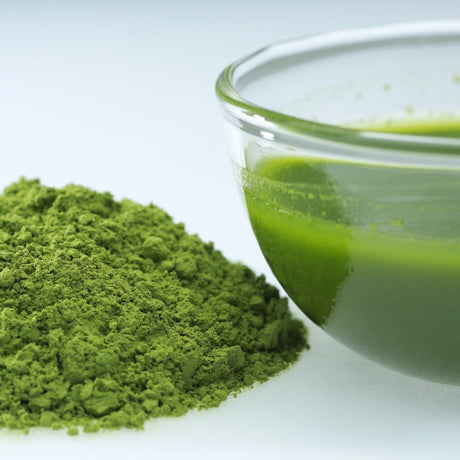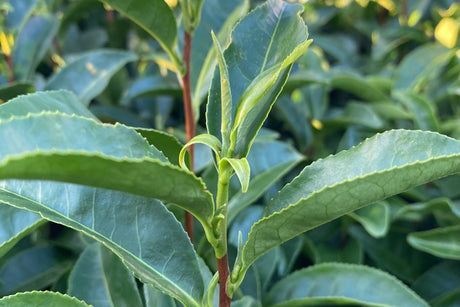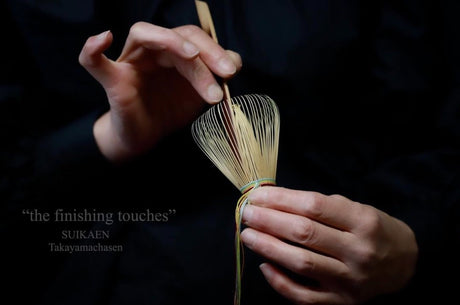
Single Cultivar Matcha Bundle from Osada Tea
Tasting single cultivars without it being blended is a great way to improve your knowledge if matcha (and tea) but only useful if it comes from the same producer who...

Tasting single cultivars without it being blended is a great way to improve your knowledge if matcha (and tea) but only useful if it comes from the same producer who...

For today’s tea farmer interview at Yunomi, we are with 3rd generation tea farmer and CEO of Sueyoshi Tea Atelier in Soo City, Kagoshima Prefecture, Mataki Tatefumi. Mataki-san strongly believes...

One all-time favorite tea and one which ceases to lose popularity among the Japanese is hojicha, a roasted green tea with origins in Kyoto (I will touch on its history...

While there are many awards for teas (as well as more generic awards for food) held worldwide as well as in Japan, when we refer to "tea competitions" at Yunomi.life...

This blog post was written by guest Jimmy Burridge, PhD in Plant Science and tea aficionado, with a burgeoning interest in the intersection of tea agronomy, chemistry and terroir (you can blame...

While the plant prioritizes the apex bud, the new leaf that grows out of the tip of a branch of leaves, the plant also produces lateral buds, or new leaves...

When you think of Okayama Prefecture, what tea comes to mind? For those of you who answered mimasaka bancha, you are right on point! While Okayama Prefecture, located West of...

Have you ever had the experience that the Japanese tea you made at home tastes different from the product description or people's reviews although you steeped it properly? This article...

Today, I would like to talk about chasen (茶筅), the indispensable and quintessential tea whisk that is used to make matcha, particularly focusing on the bamboo that is used in...

From Tea to Sea: Forests, Nutrient Dynamics and Tea FarmingWritten by Jimmy Burridge Featured image: Chagusaba tea farming at the Kaneroku Matsumoto Tea Garden where grass surrounding the tea fields...

Hello! Genki desuka (How are you doing)? Today, I would like to delve into the topic of shading and shaded teas. If you enjoy drinking gyokuro, kabusecha, or matcha, you...

A warm hello to you! I hope this blogpost finds you healthy and well as we welcome the winter solstice today and approach the end of year. If you are...

Today, we share with you our interview with Yancy Lever, an American tea farmer who is residing in Otoyo Village, Kochi Prefecture. Yancy is relatively new to the world of Japanese tea with...